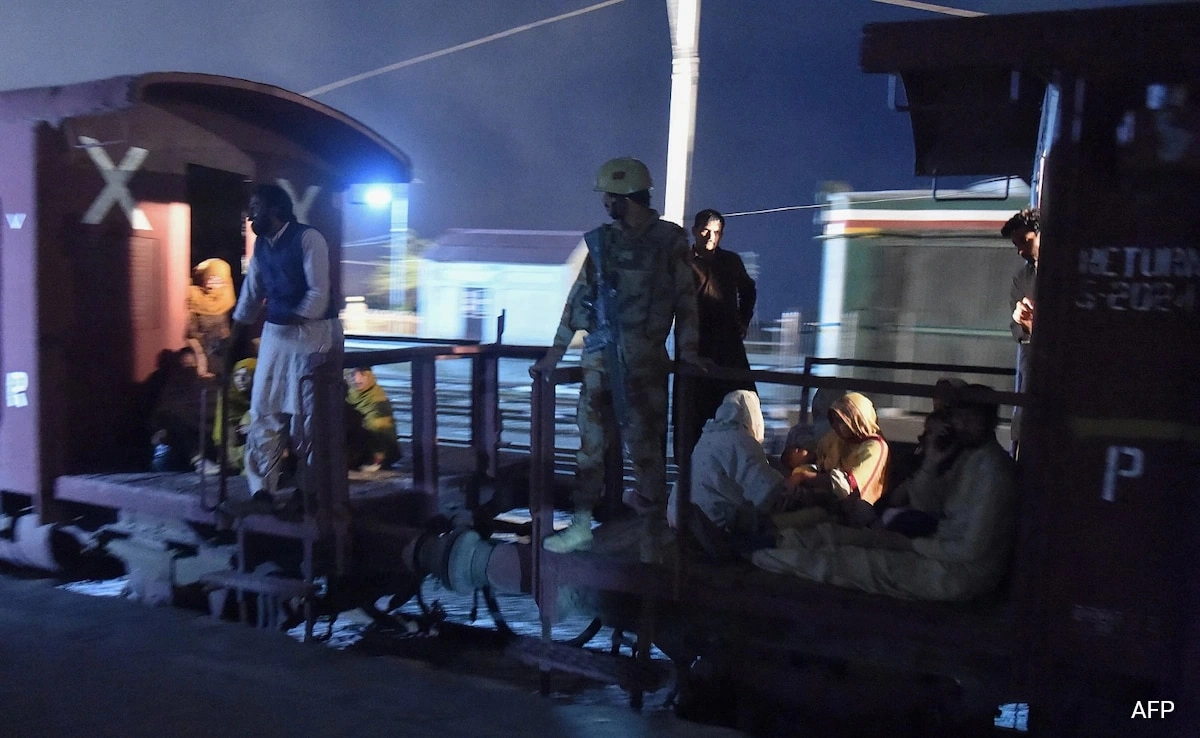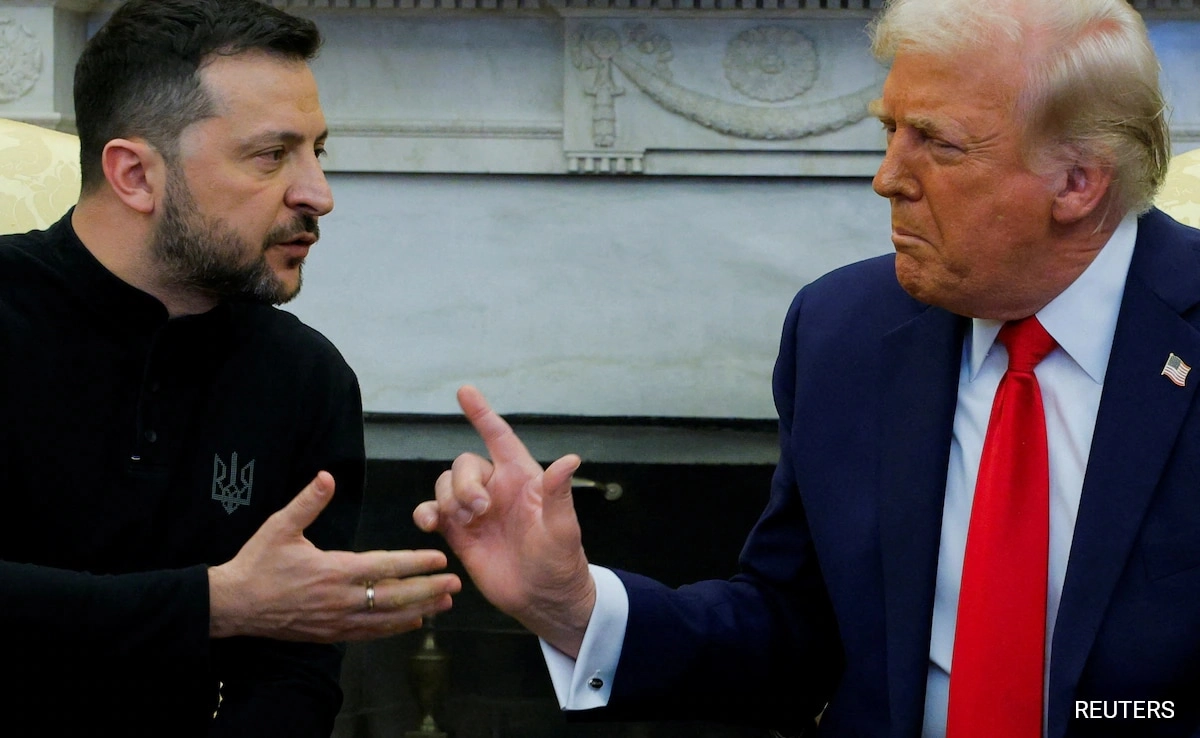The upcoming Bihar elections in 2025 are shaping up to be a pivotal moment in the state’s political landscape, with a remarkably narrow margin of just 6,300 votes potentially determining the outcome. This razor-thin difference underscores the importance of voter engagement and mobilization in an election that could shift the balance of power among the major political parties in the region. As the political atmosphere heats up, candidates will need to employ strategic campaigning methods that resonate with the electorate, especially in rural areas where every vote counts significantly.
In Bihar, the socio-economic factors at play are complex, with issues such as caste dynamics, development agendas, and local leadership influencing voter decisions. Political parties must navigate these intricacies to craft messages that not only appeal to their traditional bases but also attract undecided voters. The significance of grassroots outreach cannot be overstated; campaigns that prioritize direct interaction with constituents are likely to forge stronger connections and ultimately sway the final tally. The role of technology in modern campaigning, particularly in mobilizing support through social media and digital platforms, will also be crucial in reaching the youth demographic, which constitutes a substantial portion of the electorate.
Moreover, the political landscape in Bihar is marked by a history of volatility, with shifts in allegiance and emerging leaders altering the traditional power dynamics. The 2025 elections could see a resurgence of smaller parties or independent candidates who capitalize on local discontent with established political entities. This scenario could further complicate the election outcome, as these candidates might siphon votes from larger parties, making the results even more unpredictable. As the election date approaches, it will be essential for all parties to remain adaptable, responding to the evolving concerns and aspirations of Bihar’s voters.
Ultimately, the stakes are high for all involved. A mere 6,300 votes could not only decide the next government but also set the tone for future political engagements in the state. The implications of this election extend beyond the immediate outcome, potentially influencing policies and governance for years to come. As Bihar gears up for this critical electoral battle, the focus will inevitably turn to how effectively each party can mobilize its base while appealing to the broader electorate, highlighting the intricate dance of strategy, communication, and voter sentiment that defines modern politics.




